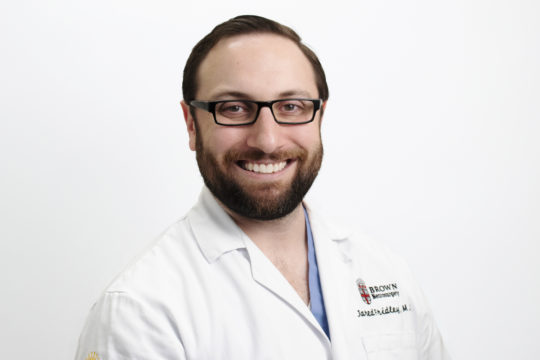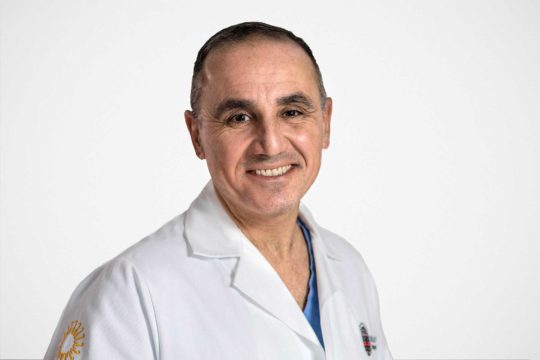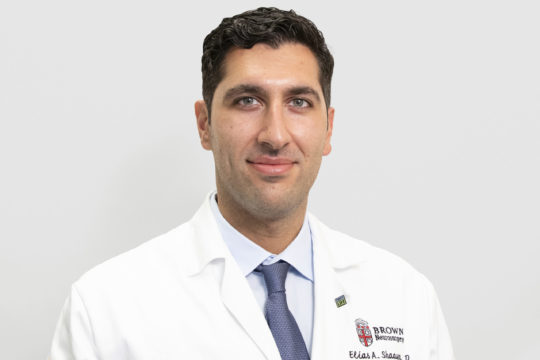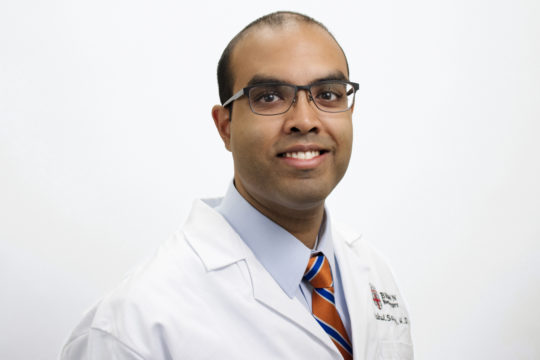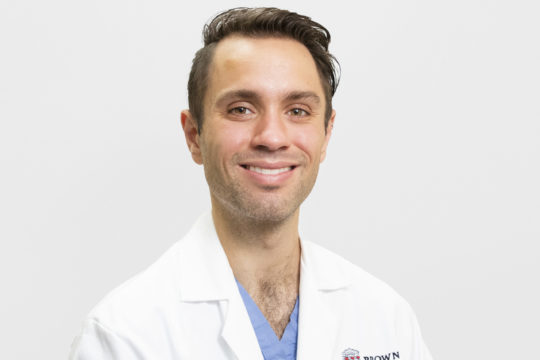Influence of Time of Discharge and Length of Stay on 30-Day Outcomes After Elective Anterior Cervical Spine Surgery
Rahul A. Sastry, Matthew J. Hagan, Joshua Feler, Elias A. Shaaya, Patricia Z. Sullivan, Jose Fernandez Abinader, Joaquin Q. Camara, Tianyi Niu, Jared S. Fridley, Adetokunbo A. Oyelese, Prakash Sampath, Albert E. Telfeian, Ziya L. Gokaslan, Steven A. Toms, Robert J. Weil

Background: Encouraging early time of discharge (TOD) for medical inpatients is commonplace and may potentially improve patient throughput. It is unclear, however, whether early TOD after elective spine surgery achieves this goal without a consequent increase in re-presentations to the hospital.
Objective: To evaluate whether early TOD results in increased rates of hospital readmission or return to the emergency department after elective anterior cervical spine surgery.
Methods: We analyzed 686 patients who underwent elective uncomplicated anterior cervical spine surgery at a single institution. Logistic regression was used to evaluate the relationship between sociodemographic, procedural, and discharge characteristics, and the outcomes of readmission or return to the emergency department and TOD.
Results: In multiple logistic regression, TOD was not associated with increased risk of readmission or return to the emergency department within 30 days of surgery. Weekend discharge (odds ratio [OR] 0.33, 95% CI 0.21-0.53), physical therapy evaluation (OR 0.44, 95% CI 0.28-0.71), and occupational therapy evaluation (OR 0.32, 95% CI 0.17-0.63) were all significantly associated with decreased odds of discharge before noon. Disadvantaged status, as measured by area of deprivation index, was associated with increased odds of readmission or re-presentation (OR 1.86, 95% CI 0.95-3.66), although this result did not achieve statistical significance.
Conclusion: There does not appear to be an association between readmission or return to the emergency department and early TOD after elective spine surgery. Overuse of inpatient physical and occupational therapy consultations may contribute to decreased patient throughput in surgical admissions.
Read the Full Text Here
Copyright © Congress of Neurological Surgeons 2022. All rights reserved.


